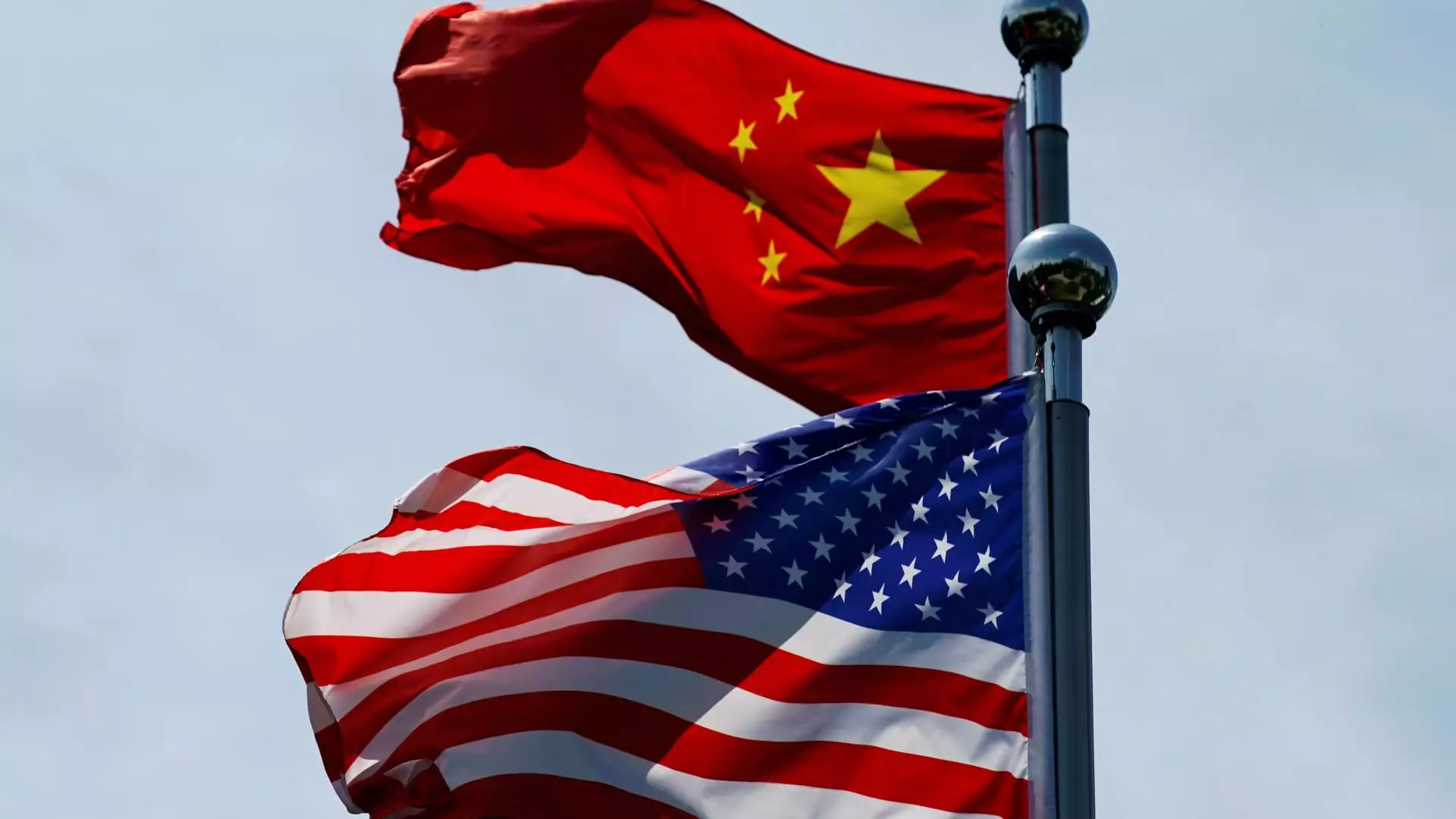In a striking announcement via his social media platform Truth Social, President-elect Donald Trump revealed a bold plan to impose a 10% tariff on all Chinese imports. This move marks a significant escalation in the ongoing trade tensions between the United States and China, adding yet another layer to the already complex geopolitical landscape. Coupled with his intentions to levy a 25% tariff on products flowing from Mexico and Canada, Trump’s tariff strategies signal a potential departure from longstanding trade agreements that have historically facilitated regional cooperation.
The tariffs, according to Trump, are partly motivated by concerns over illegal immigration and the importation of drugs, particularly fentanyl, a powerful synthetic opioid. Fentanyl has become a notorious player in the U.S. opioid crisis, leading to a staggering number of overdose deaths each year—a fact that Trump underscored as he argued for exceptional measures in trade negotiations with China. The administration appears to be leveraging tariff policy as a tool for addressing not just economic imbalances, but also public health crises.
In his announcement, Trump expressed deep frustration over what he described as insufficient action from China to mitigate the influx of fentanyl into the U.S. The president’s claims hinge on the assertion that China has not upheld promises to impose severe penalties on drug dealers. While such assertions require careful examination, it raises the crucial question: can trade tariffs effectively address issues of drug trafficking and public health?
Liu Pengyu, a spokesperson for the Chinese embassy in the U.S., responded promptly, challenging Trump’s characterizations of China’s efforts to combat drug trafficking. He emphasized that collaboration between the U.S. and China on counternarcotics has been ongoing and has improved since a notable meeting between President Xi Jinping and President Joe Biden in late 2023. Liu’s comments suggest a desire for constructive dialogue, asserting that both nations have mutually beneficial economic interests that should not be jeopardized by tariff confrontations.
The ramifications of imposing tariffs extend far beyond U.S.-China relations. Economists and analysts, such as Kinger Lau from Goldman Sachs, predict that the unfolding trade theatrics could compel China to bolster its monetary policy through fiscal stimulus and currency depreciation, all strategies aimed at countering the economic hits from increased tariffs. In an interconnected global economy, such measures could reverberate through markets, influencing trade flows and investment patterns.
For the U.S., the imposition of tariffs could exacerbate inflationary pressures while straining relationships with critical trading partners. Notably, as of late 2023, Mexico is the largest trading conduit with the U.S., followed closely by Canada and China—highlighting the interdependent nature of these relationships. A move like lowering tariffs on one partner may have unforeseen repercussions on another, potentially igniting a cycle of retaliatory measures that could stall economic growth.
As the U.S. dollar strengthened against both the Mexican peso and the Canadian dollar amid these rising tensions, market reactions suggest a cautious optimism among investors. However, the potential for long-term economic instability remains as businesses grapple with the unpredictability of tariff-related policies. Industries that depend heavily on exports might find themselves squeezed by rising costs, while consumers may see price hikes in the wake of tariff implementation.
Andy Rothman, an investment strategist at Matthews Asia, argues that the bilateral economic relationship between the U.S. and China remains critical and suggests that China may adopt a wait-and-see approach regarding retaliatory measures. Historically, China’s responses have been measured rather than aggressive, indicating a preference for stability over confrontation.
As tensions loom over imminent tariff implementations, it is essential to consider both the immediate and far-reaching effects these policies could engender. The dialogue must shift towards seeking collaborative pathways that address shared concerns—such as drug trafficking—without jeopardizing economic partnerships that are fundamentally advantageous for both nations. The evolving landscape of U.S.-China relations will require careful navigation to balance domestic demands while fostering stable international trade dynamics that prioritize mutual prosperity. The upcoming months will reveal not only the character of this new administration’s economic policy but also the resilience of global trade partnerships in the face of rising protectionist sentiment.

Leave a Reply